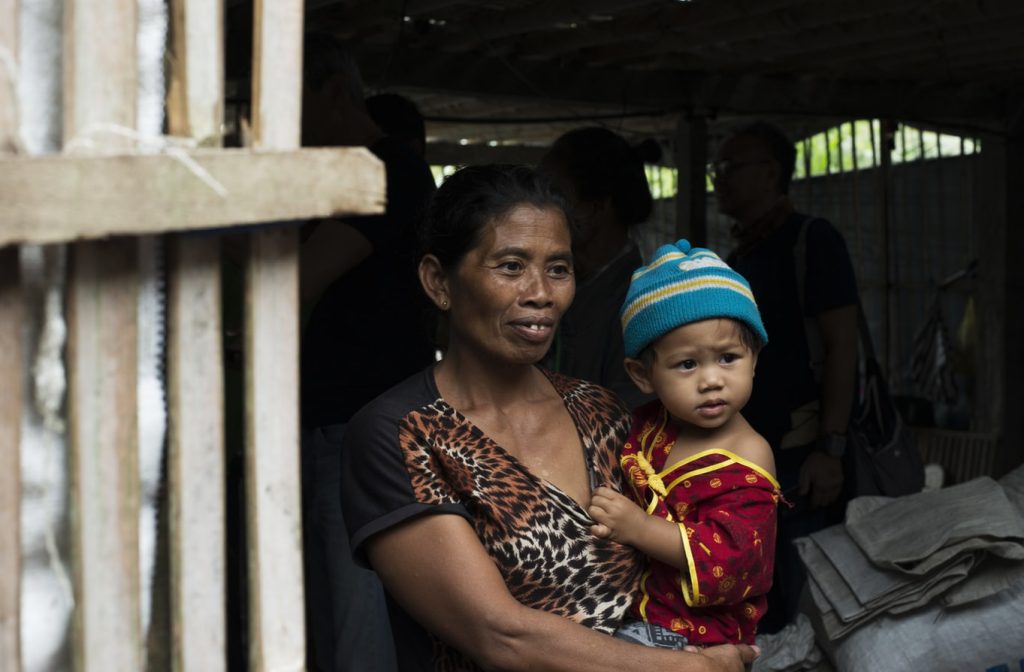Gender-Based Violence (GBV) is any type of violence against a person due to their sexual orientation or biological characteristics that makes us male or female. Common justifications for violence are based on socially defined gender norms, that is, the proper roles and responsibilities of men and women.
The Narrative
When people hear about gender-based violence, most of them are forced to think that it affects only women and girls but boys and men can also experience GBV, and women can be perpetrators too. However, women and girls are the most at risk and adversely affected by GBV. Regardless of the target, GBV is rooted in structural inequalities between men and women and is characterized by the use and abuse of physical, emotional, or financial power and control.
The cultural and social norms that condition men to be aggressive, powerful, unemotional and controlling have not only perpetuated misleading perceptions of women as being passive, submissive, emotional, weak, powerless, and dependent upon men but also contributed greatly to the gender inequality discourse. Then again, GBV against men and boys often builds on different norms for masculinity. For instance, men and boys who are subjected to GBV can be ridiculed for not being ‘real’ men, not complying with social expectations on manhood, or being categorized as belonging to a low-status masculinity identity.

Forms of GBV
Gender-based violence is not only a global concern but also a violation of human rights. This violence is one of the main obstacles to the attainment of gender equality. Different causes of GBV exists. Most likely, the main cause being violence premised on gender-based power inequalities and discrimination.
Violence, therefore, includes physical, sexual, and psychological abuse; threats; arbitrary deprivation of liberty; and economic deprivation, whether in public or private life. It takes on many forms and can occur throughout the life cycle. Some forms of gender-based violence include child sexual abuse; sex trafficking and forced labor; sexual coercion, abuse; neglect; domestic violence; and harmful traditional practices such as early and forced marriage, and female genital mutilation (FGM). Undoubtedly, GBV adversely affects the physical and mental well-being of survivors – women, men, boys and girls through its multiple expressions.
Facts on GBV
Global statistics available on the prevalence of GBV are overwhelming; They demonstrate that:
- One-third of women worldwide – or nearly 1 billion women – have or will experience intimate partner violence or non-partner sexual violence in their lifetime. This is equivalent to the population of Africa.
- Recent global estimates indicate that 60 million girls age 20-24 were married before age 18.
- According to the World Health Organization (WHO), 35 percent of women worldwide have experienced either physical and/or sexual or non-partner sexual violence (WHO 2013).
- GBV is a major cause of disability and death for women aged 15–44 years (United Nations Women 2011).
- Globally, one out of every five women will become a victim of rape or attempted rape over the course of her lifetime (Heise, Ellsberg, and Gottemoeller 1999).
Why it matters

From the foregoing statistics, there is no doubt that GBV predominantly affects women. However, it should be noted that is a global concern that needs urgent and practical action for both sexes. Wherever GBV occurs, it hinders the achievement of gender justice, posing a serious threat to development and public health. It is a critical barrier to achieving sustainable development, economic growth, and peace. If women, girls, men, and boys are not safe, they can neither be full citizens nor fully participate in the development of their own society.
According to an ILO (2011) report, “gender-based violence causes not only pain and suffering but also devastates families. It undermines workplace productivity, diminishes national competitiveness.” Thus, affecting the economic growth of a nation. All forms of violence are costly and negatively impact economic growth and poverty reduction efforts (WHO 2004).
Ending Violence
Gender violence is a human rights issue of public health concern. Preventing GBV from occurring is a key priority since its prevention and response are vital to growth and development.
Considering that the logic of GBV is based on gender stereotypes, such as ideals linking masculinity to the provider role, macho behavior, and violence while femininity is correlated to chastity, submission, and victimhood, prevention efforts should, therefore, start early in life and be directed at both girls and boys. Both non-formal and formal education are important avenues for advancing normative change as they have the potential to address gender inequalities, prevent GBV, and transform norms and behavior that support it.
Advocacy & Participation
More efforts should be geared towards supporting advocacy groups and initiatives. Despite many advocacy initiatives, various countries still encounter implementation and enforcement challenges. There is, therefore, an urgent need for improvement. Issues concerning human rights such as GBV need to be brought to the fore front. In addition, there should be equal opportunities and participation of women and youth in politics. Again, an increase in women’s economic empowerment should also be considered because when women are empowered, their confidence level increases. This can help them to have stronger bargaining power to leave abusive relationships and make decisions relating to their sexuality.

In summary, there should be a shift in focus towards gender roles. We should participate more, raise awareness and speak about violence in the home. Listen to survivors’ experiences of violence without being judgmental. Most often, men are neglected as survivors. Incorporate men and boys as perpetrators, victims/survivors and as agents of change. It is time we all end all forms of gender-based violence.
References
Di Martino, V. (2002). “Violence at the workplace: The global response,” Africa Newsletter on Occupational Health and Safety, Issue 12, p. 5, cited in Gender-based violence in the world of work: overview and selected bibliography. Available at www.ilo.org <accessed 7 February 2020>
Sida (2007) Action Plan for Sida’s Work against Gender-Based Violence 2008-2010. Sida Gender Secretariat. Available at http://www.sida.se/contentassets/action-plan-for-sidas-workagainst-gender-based-violence-2008-2010_680.pdf <accessed 13 February 2020>
Toolkit for Integrating GBV Prevention and Response into Economic Growth Projects USAID Toolkit GBV Final Section Available at Usaid.gov <accessed 9 February 2020>
United States Strategy to Prevent and Respond to Gender-based Violence Globally (2012) Washington, DC. Available at www.genderhealth.org. <accessed on 13 February 2020>
Preventing-and-responding-to-gender-based-violence available at sida.se <accessed 9th February, 2020>
worldbank.org/en/news/feature/2015/11/25/to-end-poverty-you-have-to-eliminate-violence-against-women-and-girls <accessed 11 February, 2020
IVolunteer International is a 501(c)3 tech-nonprofit registered in the United States with operations worldwide. Using a location-based mobile application, we mobilize volunteers to take action in their local communities. Our vision is creating 7-billion volunteers. We are an internationally recognized nonprofit organization and is also a Civil Society Associated with the United Nations Department of Global Communications. Visit our profiles on Guidestar, Greatnonprofits, and FastForward.


